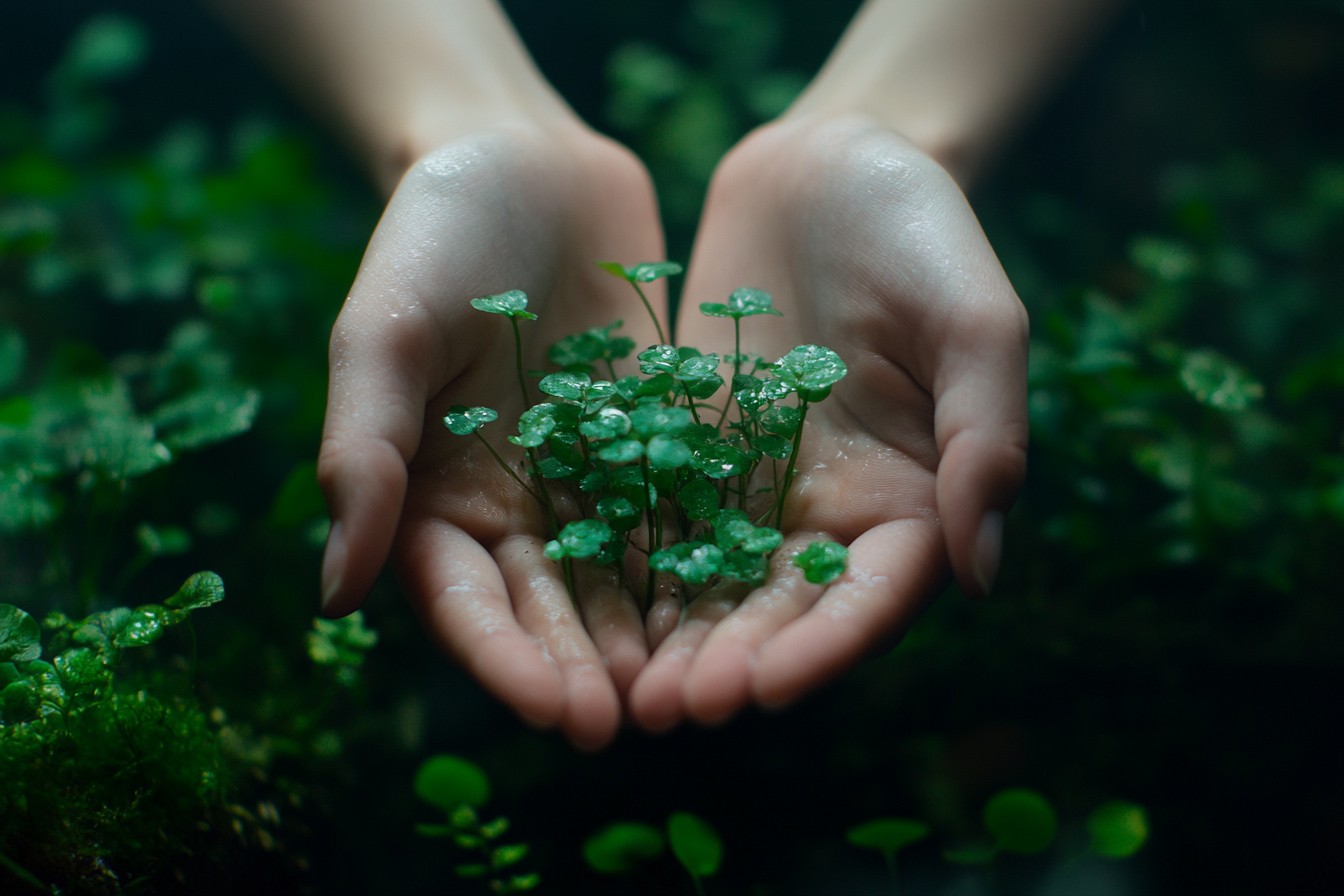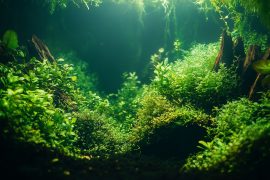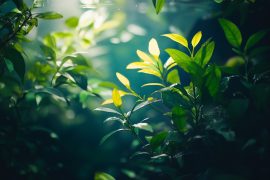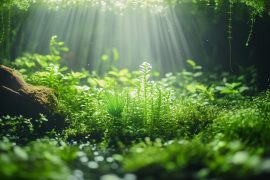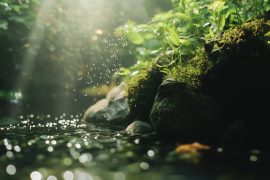Most people don’t realize they’re making aquascaping decisions based on water chemistry long before they’ve even purchased their first plant. I certainly didn’t. Back when I was setting up my first “serious” planted tank in college, I spent weeks researching plant species, light requirements, and substrate options.
I drew elaborate sketches of my planned layout, calculated my watts-per-gallon (yes, I’m dating myself here), and assembled a shopping list that somehow grew longer with each revision. What I didn’t consider? The actual water coming out of my tap.

Three weeks after setup, my carefully selected plants were struggling. The Alternanthera reineckii that was supposed to provide a striking red accent looked sad and green. My dwarf hairgrass carpet remained stubbornly individual, refusing to spread.
The water column was crystal clear, but nothing was thriving. It wasn’t until a veteran hobbyist at the local fish store tested my water and laughed that I discovered the issue—my apartment’s water was liquid rock, with a pH hovering around 8.2 and hardness levels that would make a German brewer happy but were slowly killing my soft-water loving plants. That painful lesson taught me something crucial—water isn’t just the medium in which aquatic plants live; it’s an active participant in the ecosystem.
Different water parameters don’t just affect fish; they fundamentally change what’s possible in your aquascape. Learning to work with your water, rather than constantly fighting against it, is one of the most liberating shifts an aquascaper can make. Let’s start with hard water, since that’s what tortured my early attempts.
Hard water is rich in dissolved minerals, particularly calcium and magnesium. The pH tends to be higher, usually 7.5 and above, and it has substantial buffering capacity, meaning it resists changes to its chemistry. If your soap doesn’t lather easily, if you get white buildup on your shower head, congratulations—you’ve got hard water.
My breakthrough came when I stopped treating hard water as an enemy and started seeing it as a design parameter. Hard water isn’t bad water; it’s just water with specific properties that favor certain plants and hardscape materials. Vallisneria species absolutely thrive in hard water, sending out runners with abandon.
Anubias varieties do wonderfully, developing thick leaves with rich color. Java ferns, despite being adaptable to almost any conditions, develop particularly robust growth in mineral-rich water. The revelation came when I began researching biotopes—recreations of specific natural environments.
Many African rift lakes have extraordinarily hard water with high pH levels. The streams of southern Mexico, home to livebearers like platies and swordtails, are typically hard with abundant calcium deposits. By embracing these biotopes, I could create authentic, thriving ecosystems without fighting my tap water.
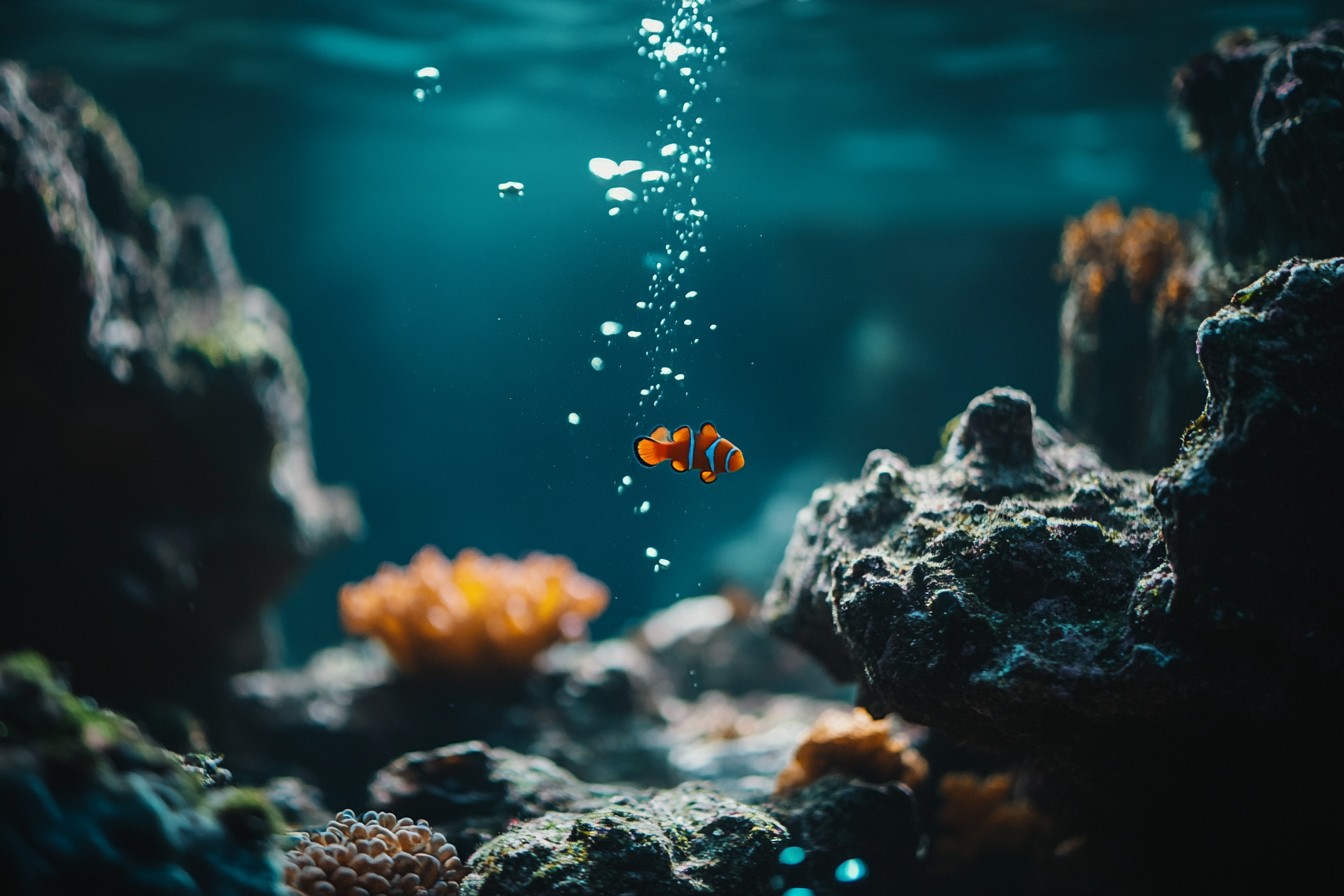
Hard water also pairs beautifully with certain hardscape materials. Seiryu stone, with its dramatic gray striations, slowly leaches minerals that can raise hardness further—a negative in soft-water setups but a non-issue in water that’s already hard. Dragon stone, with its porous, rust-colored texture, creates perfect attachment points for the epiphytic plants that thrive in harder water.
One of my most successful hard-water designs was a Mexican stream biotope featuring water-worn limestone (which further maintains the high pH), stands of Vallisneria spiralis as the background, and a midground of Sagittaria subulata. The foreground was left as open sand, mimicking the clean-swept stream beds where mineral deposits prevent dense plant growth. A school of gold platies provided animation and color that complemented the green plants perfectly.
The entire system was stable and low-maintenance precisely because it worked with, rather than against, the available water. Of course, the aquascaping world often seems dominated by soft-water setups, and for good reason. Soft water—with its low mineral content, typically lower pH, and reduced buffering capacity—opens up possibilities for plants that simply struggle in harder conditions.
Many of the most striking red plants, like the Rotala species that create such dramatic focal points, show their best coloration in softer, slightly acidic conditions. The delicate textures of fine-leaved stem plants like Limnophila sessiliflora develop more fully. Carpeting plants like Hemianthus callitrichoides ‘Cuba’ (HC) spread more readily.
My first successful soft-water tank was almost accidental. I’d moved to a cabin in North Carolina for a three-month writing retreat, bringing along a small aquarium kit as a sanity-preservation measure. The well water at this remote location was extraordinarily soft—almost completely mineral-free—with a pH just above 6.
I set up a simple tank with locally collected river sand and a piece of driftwood I’d found during a hike. Out of curiosity, I ordered some aquatic plants that had always struggled in my hard-water systems back home. The transformation was remarkable.
The tissue culture cup of HC that I’d pressed into the substrate sent out runners within days. A small portion of Rotala rotundifolia developed a sunset gradient from green at the base to deep red at the tips. Even without CO2 injection, the growth was vibrant.
I’d accidentally stumbled into perfect water chemistry for these species. Soft water pairs particularly well with certain hardscape materials. Driftwood, especially the tannic-releasing varieties like Malaysian bogwood or mopani, thrives in soft-water setups.
The wood slowly releases tannins that lower pH further, creating conditions reminiscent of blackwater streams in the Amazon basin. The slightly tinted water develops a golden glow that’s initially alarming to hobbyists used to crystal-clear aquariums but creates extraordinary depth and atmosphere. One of my favorite designs leveraged this quality intentionally.
I created a South American blackwater biotope featuring a large piece of mopani wood arranged to suggest a submerged tree root. The substrate was simple fine sand, with scattered seed pods and dried leaves (properly prepared for aquarium use) to enhance the natural feel and provide additional tannins. Microsorum pteropus ‘Trident’ (a narrow-leaf Java fern variety) and various Bucephalandra species were attached to the wood, creating delicate green accents against the rich brown background.
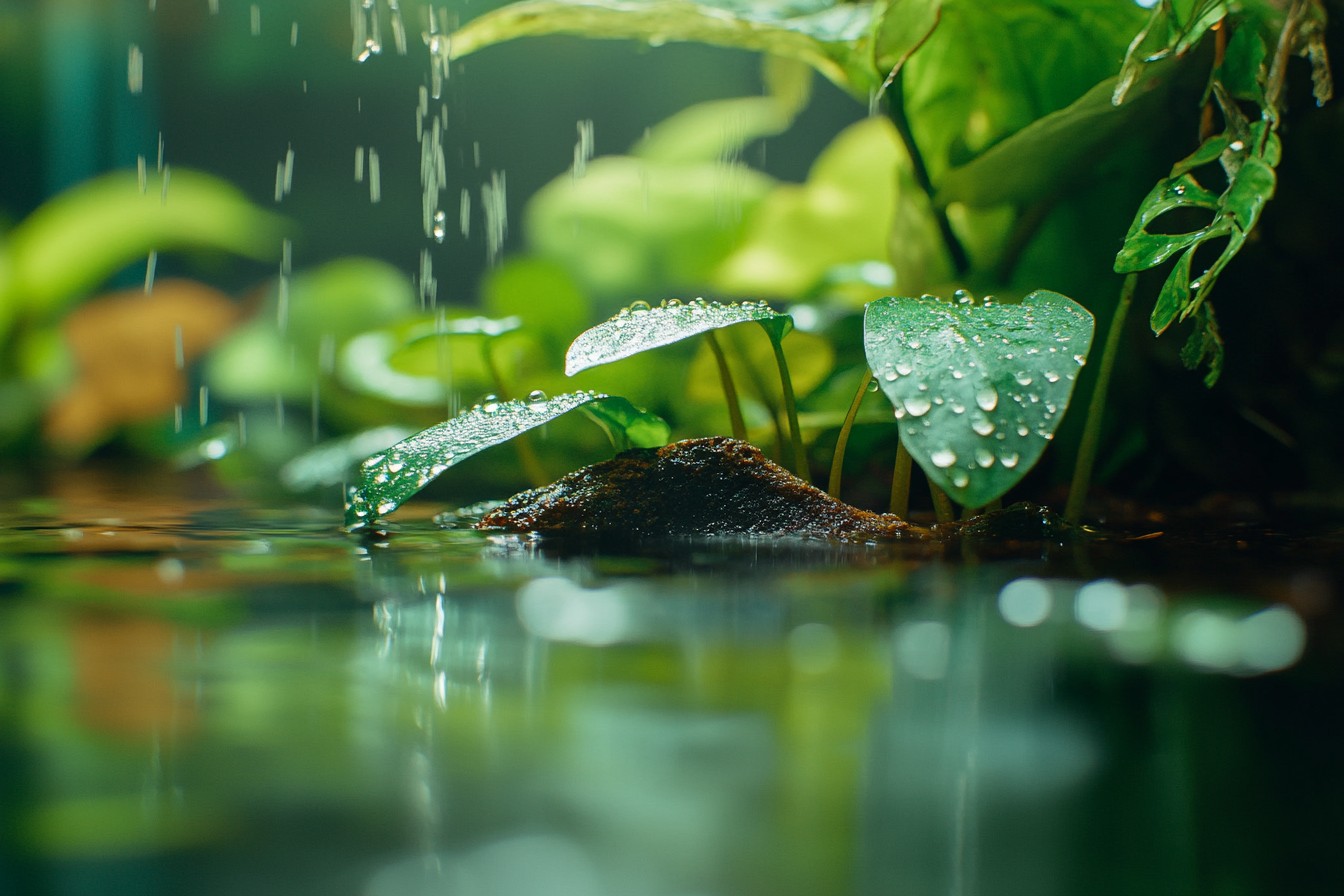
A school of cardinal tetras provided flashes of neon blue and red against the amber water. The entire setup looked like a slice of Amazon tributary transported to a living room. But what about those of us caught in the middle—with water that’s neither particularly hard nor soft?
This “Goldilocks zone” actually offers the greatest flexibility, allowing you to push your aquascape in either direction without fighting extreme starting conditions. With moderate tap water, you can use hardscape materials strategically to nudge parameters in your desired direction. Substantial amounts of driftwood and leaf litter will push toward a more acidic, soft-water environment.
Limestone or seiryu stone will gradually increase hardness and pH. I’ve found that brackish setups present some of the most interesting aquascaping opportunities, though they’re rarely discussed in mainstream aquascaping circles. Brackish water—a mixture of freshwater and saltwater—creates unique conditions that support specialized plant and animal communities.
While the plant selection is more limited, species like Anubias, certain Java fern varieties, and many mangrove species thrive in low-to-moderate salinity. My most unusual brackish project was inspired by a kayaking trip through Florida mangrove tunnels. I created a mangrove-edge aquascape featuring red mangrove propagules rooted in the substrate with their leaves emerging from the water surface.
The hardscape was a combination of dried mangrove root pieces and coral skeleton (properly cured for aquarium use), creating a transition zone between land and sea. A carefully calculated salt mixture created specific gravity around 1.005—just enough to support brackish specialists like bumblebee gobies and orange chromide cichlids, while still allowing the mangroves to thrive. The result was unlike any conventional aquascape, offering glimpses of an ecosystem that few aquarists explore.
The most valuable lesson I’ve learned across these diverse water conditions is that authenticity trumps aspiration. The most successful aquascapes don’t fight against their water chemistry—they embrace it. Instead of trying to recreate a Japanese mountain stream in liquid rock, or an African rift lake in liquid silk, design with your water as a primary consideration.
Your maintenance routine will be simpler, your plants will be healthier, and your creative solutions to water-specific challenges will result in more original, compelling aquascapes. That said, I’m not above a bit of water manipulation when the design calls for it. My current apartment has moderately hard water, but the 20-gallon tank in my office gets filtered through a small reverse osmosis unit when I do water changes.
This lets me maintain the soft, acidic conditions needed for the Southeast Asian blackwater biotope I’ve created. The extra effort is worth it for this particular project, but I wouldn’t recommend it for everyday maintenance across multiple tanks unless you truly enjoy the chemistry aspects of the hobby. So before you purchase a single plant or piece of hardscape for your next aquascaping project, fill a glass with your tap water.
Hold it up to the light. Send it for testing or test it yourself. Get to know it intimately.
Then design not despite its properties, but because of them. Your aquascape—and your sanity—will thank you.
